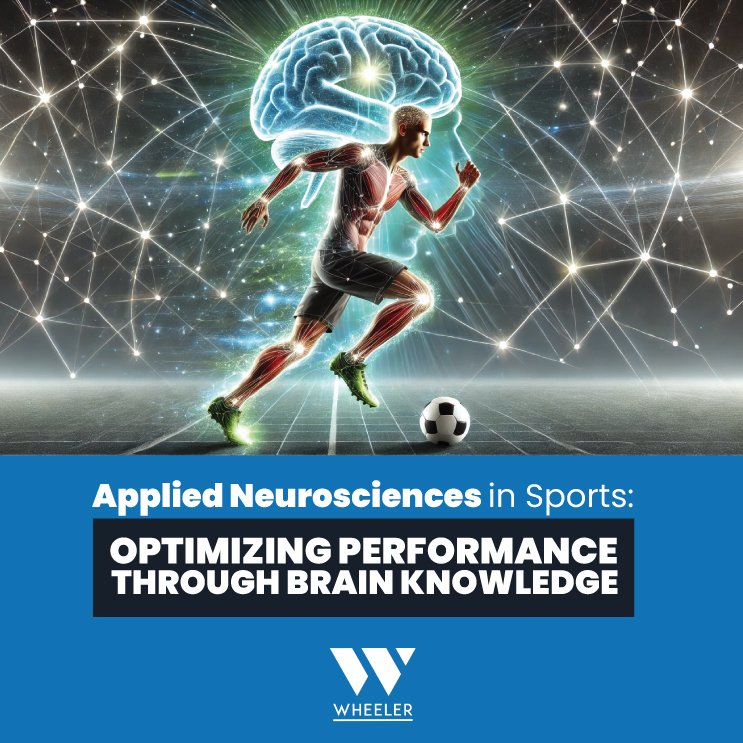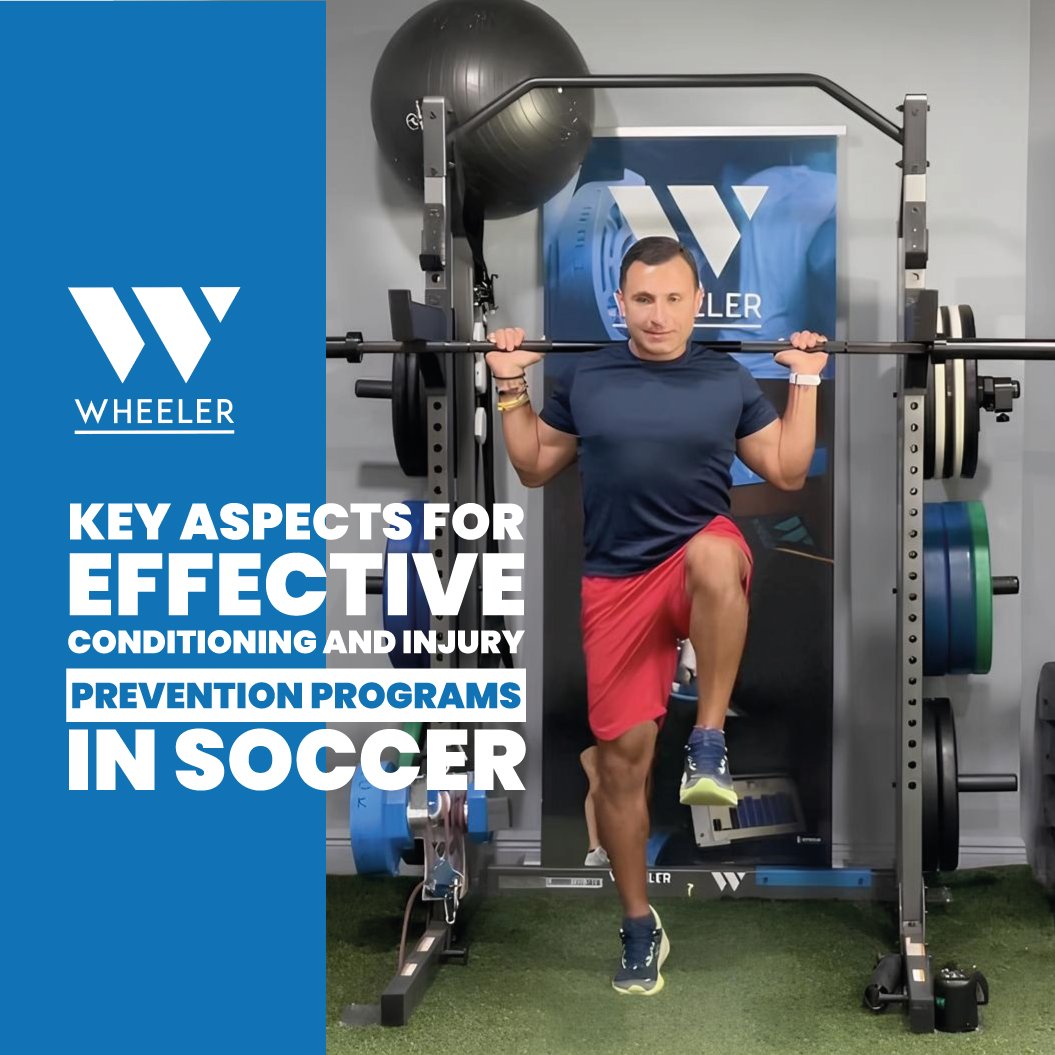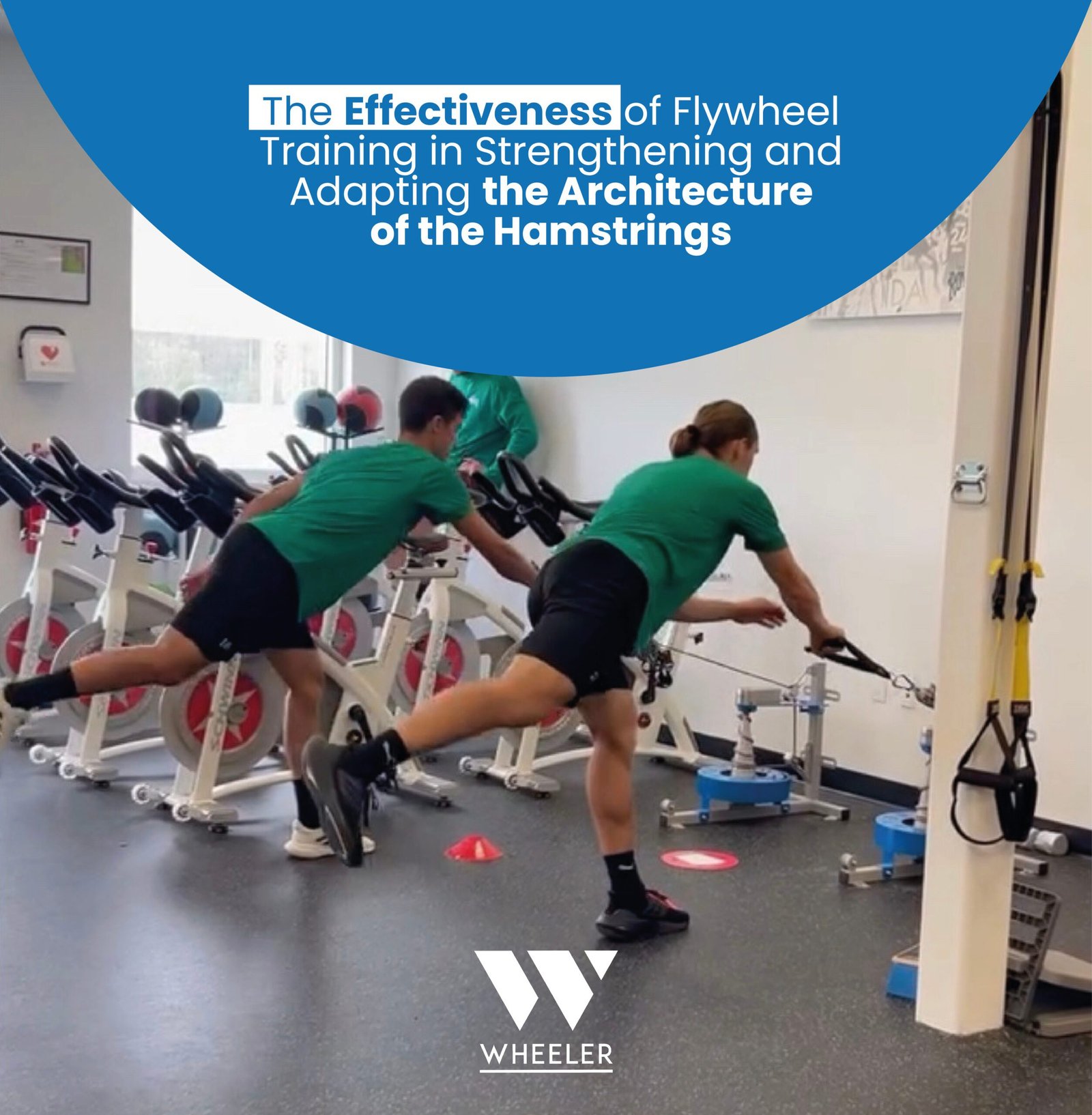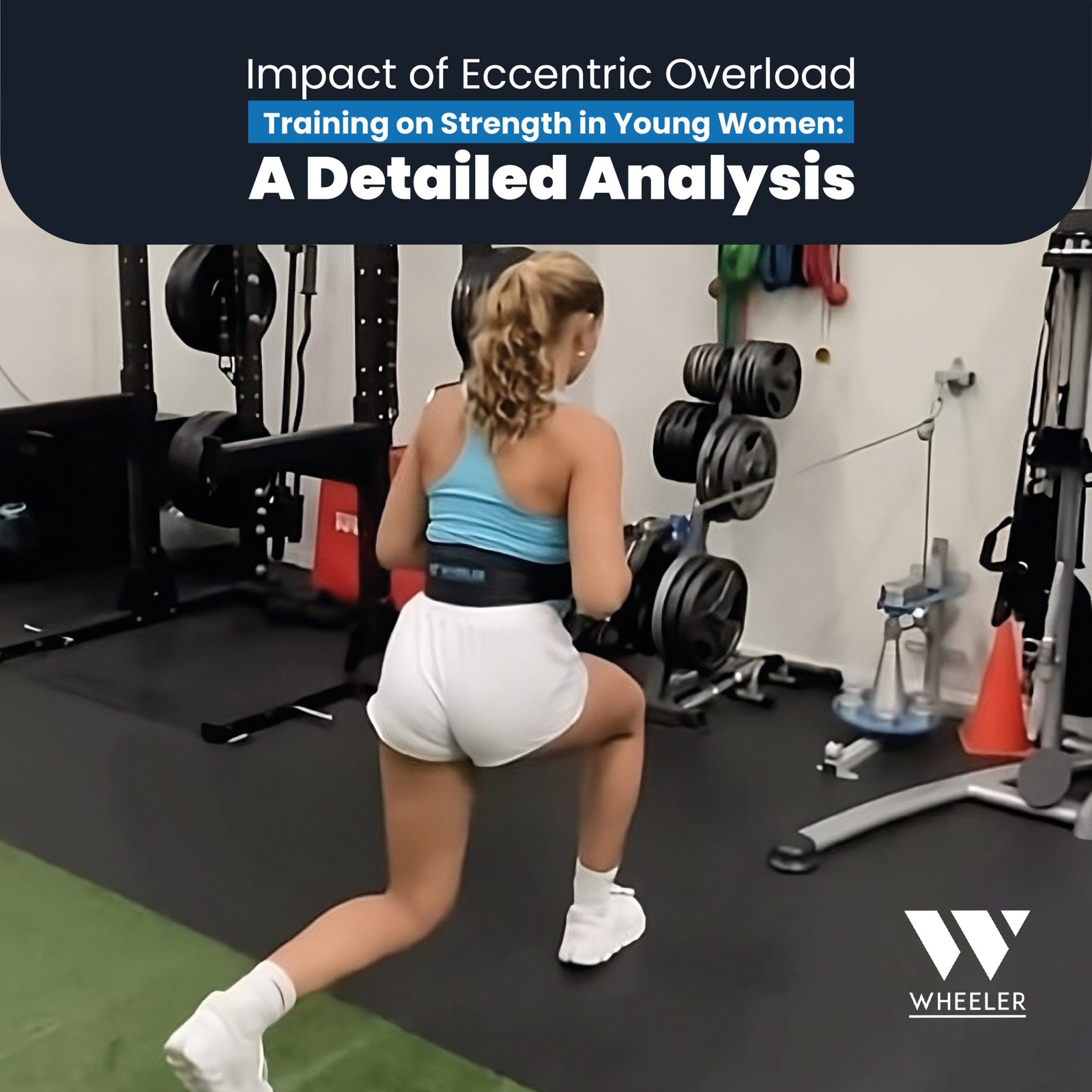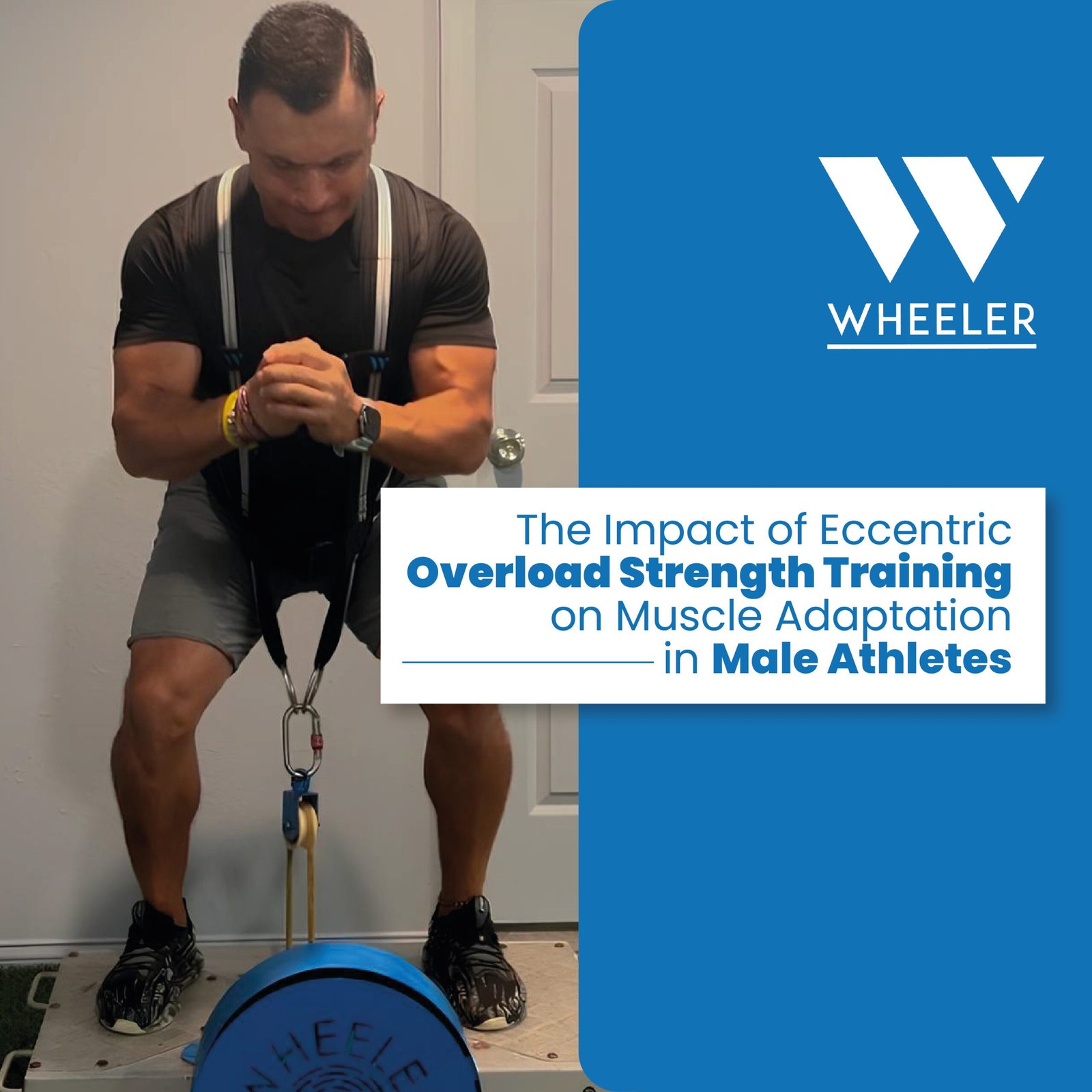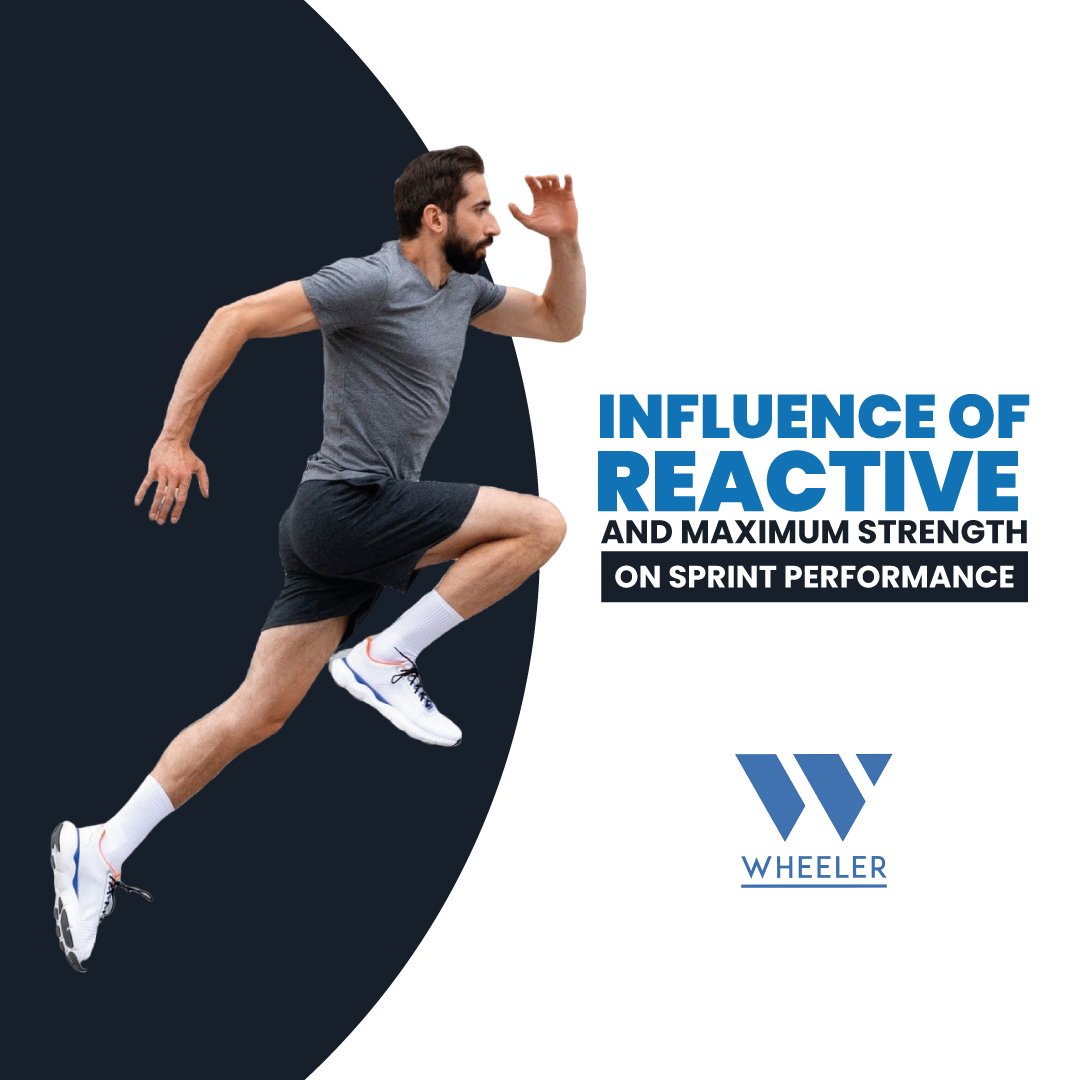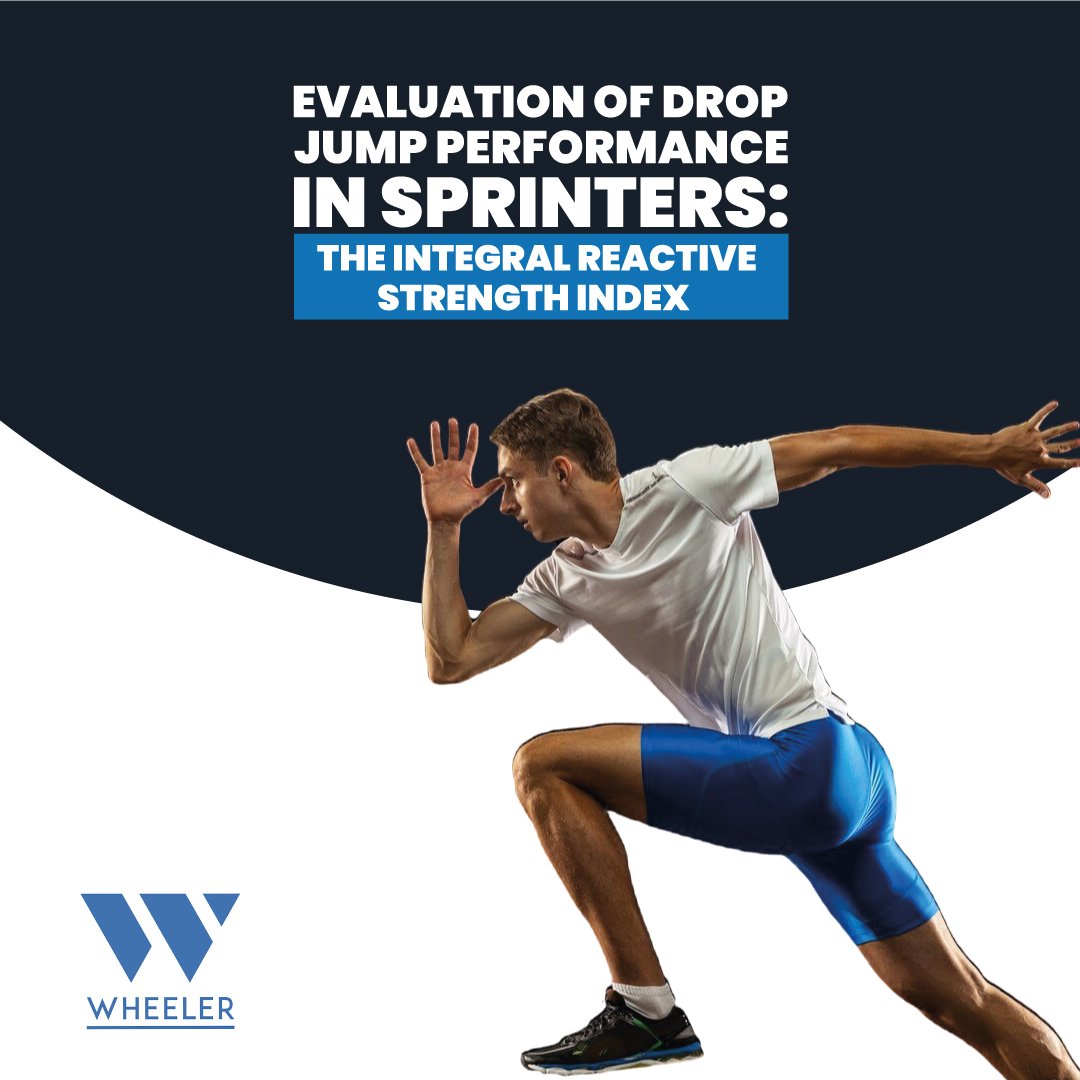Today, neurosciences play a fundamental role in sports performance. Understanding how the brain works and how it connects with the body is key to helping athletes reach their full potential. In this article, we will explore how advancements in brain studies and their interactions with the body can assist physical trainers and physiotherapists in improving […]
Neuroscience applied to sports has emerged as a key field for improving athletic performance, optimizing recovery, and understanding how the mind influences the body during sports practice. While physical training has long been the primary focus in athlete preparation, it is now recognized that the brain plays a crucial role in every action, from decision-making […]
Soccer, as a high-intensity sport with complex physical demands, is associated with a high injury incidence. Conditioning and injury prevention programs are crucial for optimizing performance and reducing risks for high-level players. This article reviews the most important elements that should be included in such a program, highlighting methods supported by recent research. The Importance […]
Hamstring injuries are one of the most common and frustrating issues in soccer, especially due to their high recurrence rate and difficulty in achieving full, lasting recovery. These injuries affect player performance and coaches’ planning, making prevention a priority in physical conditioning programs. This article focuses on current hamstring injury prevention methods and how to […]
In high-performance sports training, strengthening the hamstrings is essential not only for improving performance but also for preventing injuries. One of the most effective yet underexplored methods for this purpose is flywheel resistance training. This method enables functional, efficient training that significantly impacts the muscle architecture of the hamstrings, translating into both structural benefits and […]
Flywheel training has become a popular method for improving hamstring strength, essential for sports requiring speed and explosiveness. Based on eccentric resistance principles, this method not only aids in strength gains but also provides injury protection, crucial for high-performance athletes. What is Flywheel Training? Unlike traditional weight training, where resistance is constant, flywheel training uses […]
Strength training has long been recognized as one of the most effective strategies for improving physical performance and body composition. In recent years, eccentric overload methods have gained increasing attention due to their benefits on strength, hypertrophy, and athletic performance. Based on my research and experience in this field, I want to explore the effects […]
Strength training has been an essential component of athletes’ physical preparation for decades, but the approach to applying the right loads has evolved significantly. One method that has gained increased relevance in recent years is eccentric overload training. This type of training emphasizes the eccentric phase of the movement, where the muscle lengthens while under […]
When we talk about improving sprint performance, it’s essential to understand that it’s not just about running faster, but how the body can manage and generate force efficiently in a short period. In my experience working with athletes, one of the most determining factors in explosive speed is the ability to develop both reactive strength […]
The evaluation of performance in sprinter athletes has evolved significantly over time, especially in terms of their ability to maximize reactive strength. This aspect of training has been crucial in understanding how to optimize speed, power, and efficiency in explosive movements, such as drop jumps. In this article, I want to share, based on my […]


